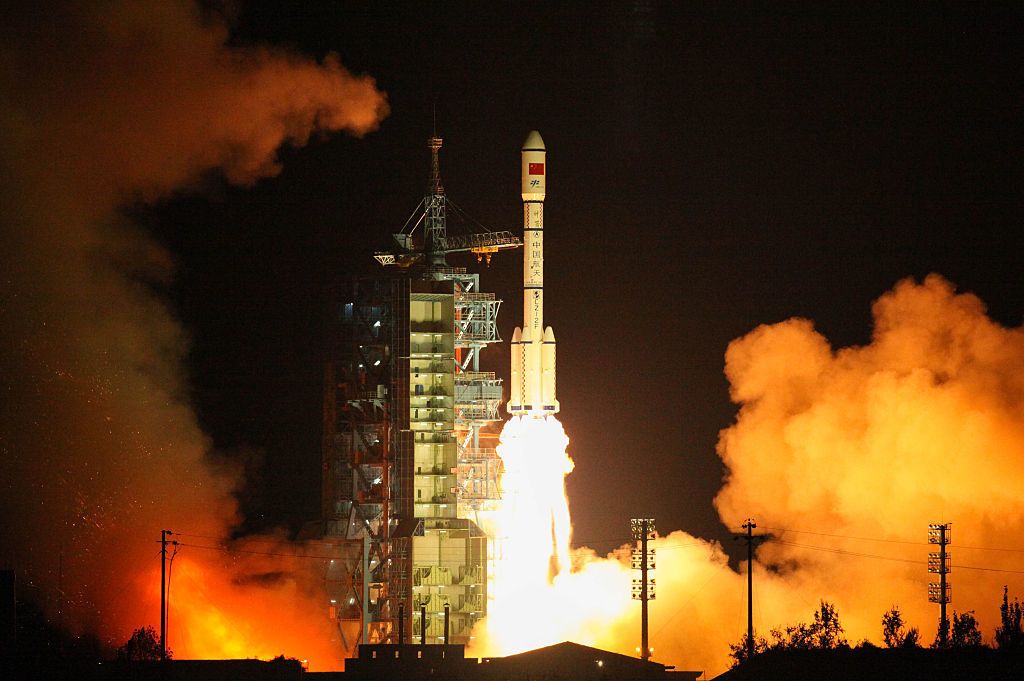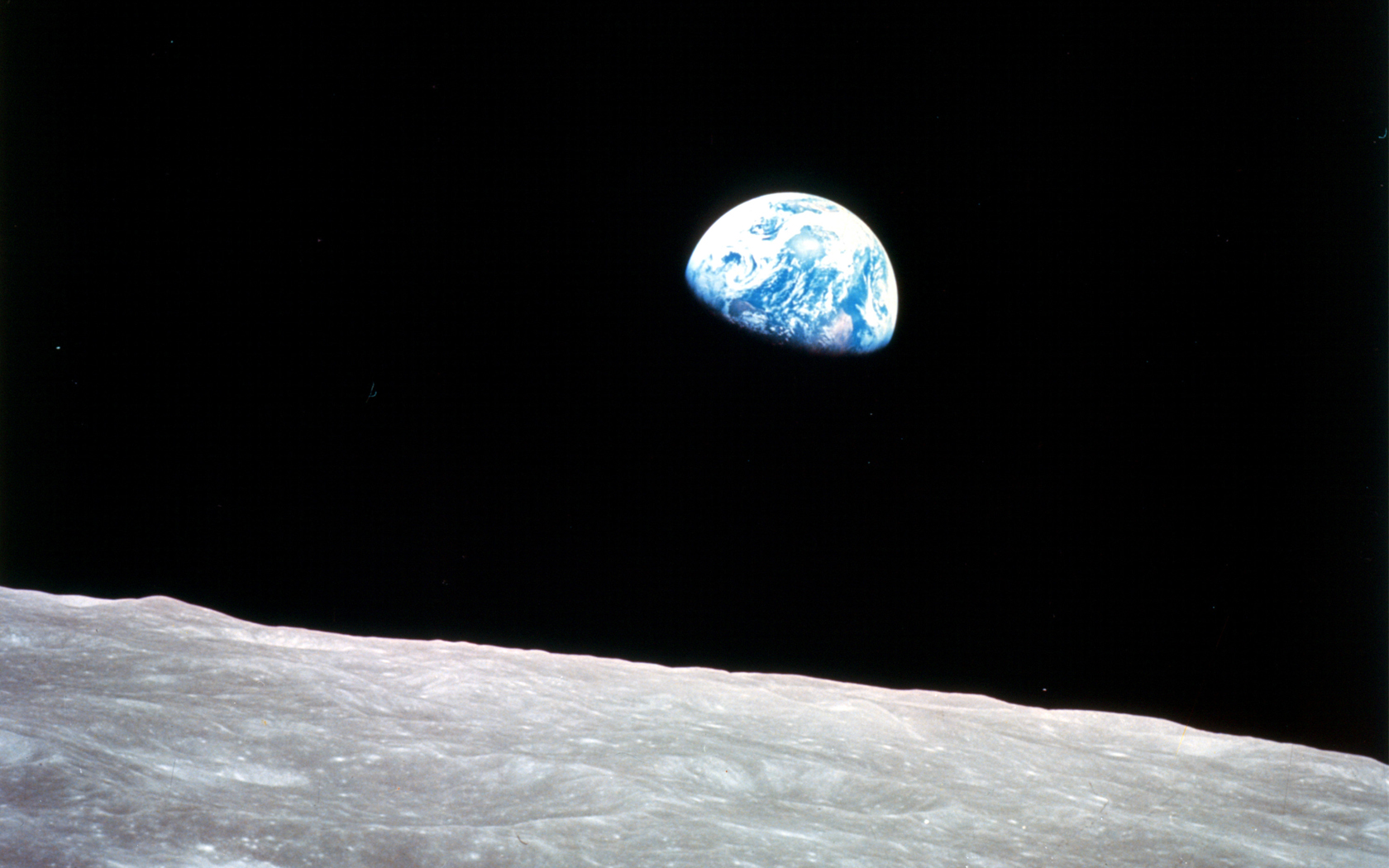
Plans to expand the existing station have already been announced. Meanwhile, orbiting about 390 kilometers (242 miles) above Earth’s surface, the Tiangong space station was completed last November with the addition of the third and final module. Rocket launches off the tropical island of Hainan and arid sites in the Gobi Desert have become popular destinations amid a booming space tourism industry, drawing in crowds to witness the symbol of the country’s technological self-reliance.

A 2022 government white paper states that “the space industry is a critical element of the overall national strategy,” and its development has become a point of national pride that embodies China’s economic rise in the past four decades. The country has been developing its space program ever since: Chinese leader Xí Jìnpíng 习近平 has reiterated calls to transform the country into a leading “space power” by 2045. In 2003, China became the third country in history to launch a human into space after the former Soviet Union and the U.S.

Parker, the director for Laboratory for Space Research at the University of Hong Kong, told The China Project. If they say they will do a thing, then if you look at what happens next, it tends to come to pass,” Quentin A. “China rarely announces something to the world that it is not 100% committed to. conducted its Apollo missions in the 1960s and 1970s. No human has set foot on the Moon since the U.S. China is the only country to have successfully landed on the Moon in the 21st century, and in 2019, it became the first to land a probe on the Moon’s far side.

China’s big space dreams to the MoonĪ manned lunar landing would be a major milestone in space exploration for China and the world. Ohlandt, a senior engineer at the RAND Corporation who studies foreign aerospace industrial policy and programs with an emphasis on Asia and China, told The China Project. “Fundamentally, this suggests that Chinese space activities are starting to be more about doing interactive science in space, which requires scientists and engineers, rather than just claiming the badge of human space flight or placing experiments in orbit,” Chad J. While Chinese authorities have previously signaled those ambitions in the past, Lin’s announcement marks the highest-level confirmation of China’s ambitions for a crewed lunar landing: Last month, Wú Wěirén 吴伟仁, chief designer of the Chinese Lunar Exploration Program (CLEP), told state broadcaster CCTV that setting foot on the Moon by 2030 is “not a problem” ahead of the country’s national Space Day on April 24. They are demonstrating that they can run full-scale space station operations, to the point of having a scientist astronaut fly to dedicate time to research work,” Leroy Chiao, a retired National Aeronautics and Space Administration (NASA) astronaut and ISS Commander, told The China Project.Īt the press conference, Lín Xīqiáng 林西强, the deputy director of the CMSA, also announced (in Chinese, English) official plans to place astronauts on the Moon before 2030, and to carry out lunar scientific exploration and related technological experiments. “This mission continues the steady progress of China’s human spaceflight program. Gui’s expertise as a payload specialist, primarily responsible for experiments in orbit, follows a recent pattern of similar astronaut selections that indicate a new phase of development in the country’s space program. But since 2017, China has updated the recruitment process for its space program to allow individuals with low-degree myopia to be considered as viable astronaut candidates.

All other astronauts have been members of China’s People’s Liberation Army (PLA) - and those with myopia were long seen as disqualified in the running to become astronauts. Bespectacled Gui, a professor at China’s prestigious aeronautics institution Beihang University, is the first Chinese civilian to be put in orbit. The mission will be the fourth for veteran astronaut Jing, but the first for spaceflight engineer Zhu and payload specialist Gui. The new crew will spend five months aboard the station conducting spacewalks, assisting with the docking and departure of cargo and other spacecraft, and carrying out scientific experiments. The three crew members, Jǐng Hǎipéng 景海鹏, Zhū Yángzhù 朱杨柱, and Guì Hǎicháo 桂海潮, will take over from the Shenzhou-15 astronauts, who have been abroad the space station since November.


 0 kommentar(er)
0 kommentar(er)
